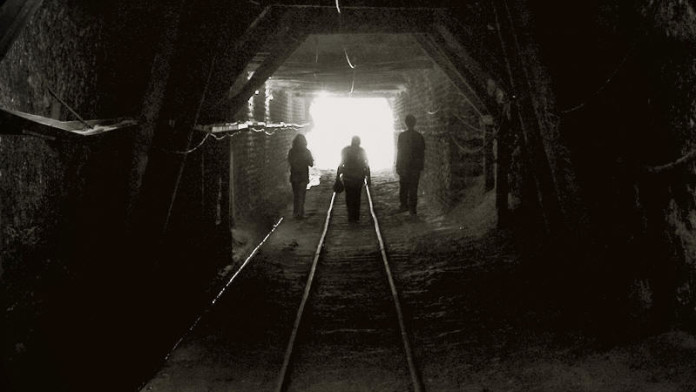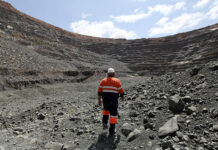
WHAT is effective economic transformation, especially in South Africa’s mining sector? As usual, it depends who you ask.
According to Minerals Council South Africa, which represents companies responsible for about 90% of the country’s mineral output, it’s possible to have broad, inclusive employee ownership and still fail to deliver effective economic transformation.
The reason for this is that the Mining Charter is highly prescriptive on how economic benefits of mining are to be divvied up. Economic benefits given to communities stand for naught if a mining company fails to deliver on, say, its procurement targets.
It’s the irony of compliance that a mining company can get a raspberry even if it delivers on benefits where, to be honest, they are needed most; i.e. the communities.
The Mining Charter is like this: it’s been refined through three iterations to do more things whilst still only offering a mining permit as reward. No mining company can exist without a mining permit, but might mining do better to deliver on its societal goals if the government could offer better rewards? That, though, is a different debate.
Tebello Chabana, head of public affairs and transformation at the Minerals Council, says the organisation’s members have largely complied with the 2010 Mining Charter. They tick boxes on ownership via deals with entrepreneurs, and there is a high success in the various employment equity categories.
There’s even over-spend on communities. The Mining Charter asks for a minimum of 1% of net profit after tax against which council members have spent 2.7%.
Unfortunately, the net cast by the Charter hardwires economic and political assumptions that aren’t supported by reality. Ask various mining communities around the country what they think of transformation, and many might say it’s been a flop, or words to that effect. The reason for this is, firstly and quite obviously, the mining sector isn’t responsible for all economic uplift in the country. There are limits.
Secondly, the Mining Charter is only as good as its drafting. In talking about communities, it failed to anticipate disputation between residents and migrant labour. A mine community is not homogenous. The suspension of activities at Rio Tinto’s Richards Bay Minerals (RBM) amid community violence is related to this serious wrinkle in charter compliance.
Procurement is a particularly thorny issue for both Mining Charter compliance and for communities. Oftentimes it’s not possible to source from local businesses or local skills. As the Minerals Council has said, local businesses often “shout louder” than their ability to deliver. As a result, mining firms resort to procuring from metropolitan areas.
Thirdly, political tensions make segments, if not entire communities, restive. According to the Financial Times in a recent report on the violence at Rio Tinto’s Richards Bay Minerals (RBM), communities in KwaZulu-Natal province, where the mine is situated, are hostile to the administration of president Cyril Ramaphosa.
Then there’s perhaps the most central problem of all: municipal dysfunction. Political mismanagement at the very top of the country, especially throughout the former president, Jacob Zuma’s disastrous government, has bequeathed profound problems with delivery either through lack of competence or deep-rooted corruption. Billions in unspent budgets are returned every year, says Chabana.
Community projects, administered through social and labour plans (SLPs), signed with municipalities, don’t get implemented as they should, whilst fresh regulations to the Minerals & Petroleum Resources Development Act (MPRDA) stand to make it more difficult for companies to cooperate in executing on their SLPs.
Speaking privately, a Minerals Council executive says there’s only so much it and its members can do. It’s not an economic development agency, nor was it meant to be. That’s the function of the government.
The government though is occupied with national problems such as state company malfunction, and impending economic recession. As a result, there’s unlikely to be either the ability or political will to attend to municipal problems or procurement disputes, or the illegal mining of closed coal dumps in Mpumalanga province; the list goes on.
It is a mess, which is why communities are asking mining firms to fix the problem. The unemployed and the desperate are at the mine gates, sometimes motivated by local political opportunists, some of them criminal.
Of course, activist communities are a modern phenomenon globally. Mining companies operating as far afield as West Africa and South America are demanding more of the firms exploiting natural resources, as are investors. Were South Africa not in its current predicament, the local mining sector would still be dealing with the task of “the branding makeover” as consulting firm PwC recently described the challenge posed by new environmental, social and governance standards (ESG).
How then do investors see South Africa’s mining sector which only adds complexity to the ESG question? The answer to that is pretty obvious: new investments, not of the organic type, can be counted on the fingers of one hand.










